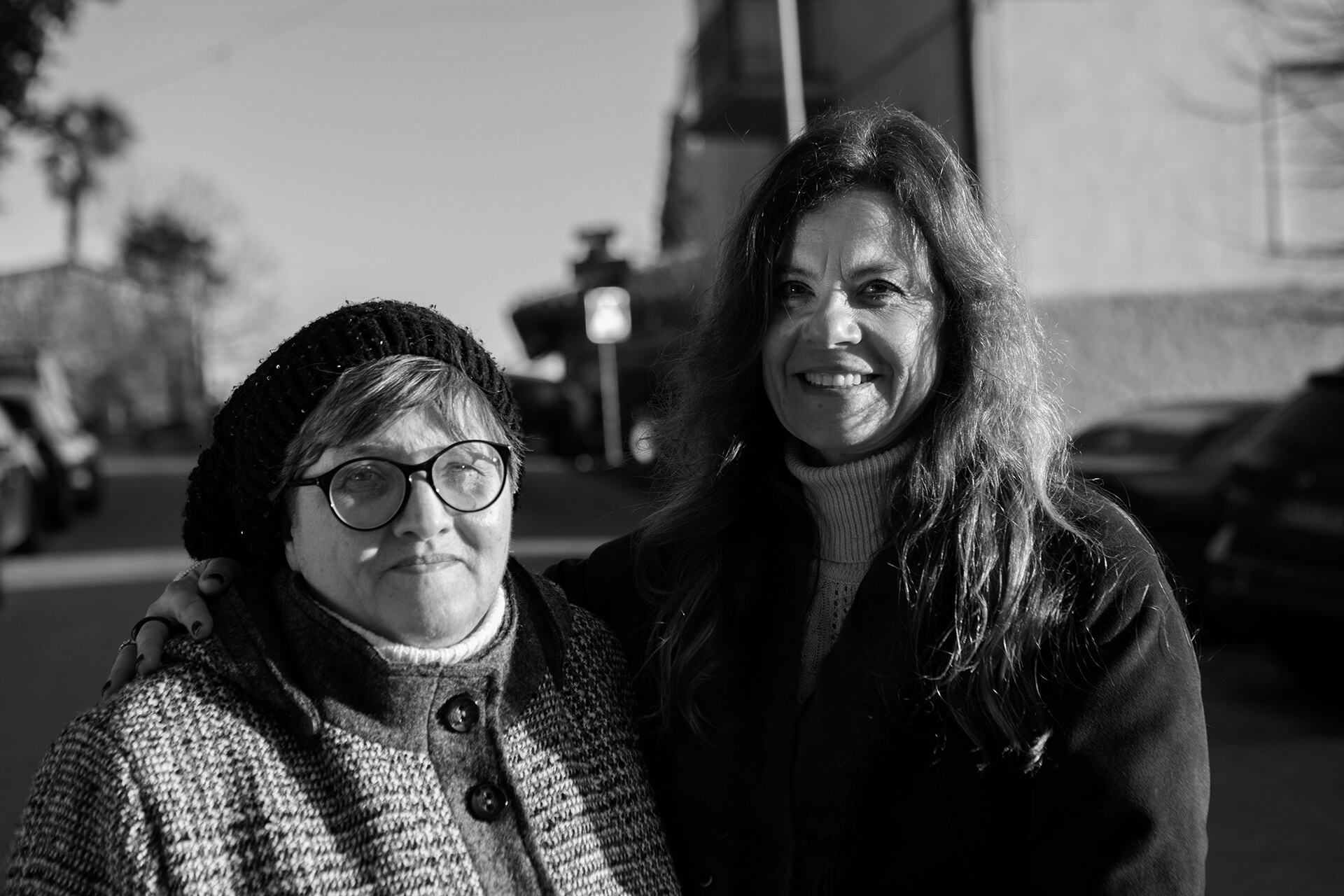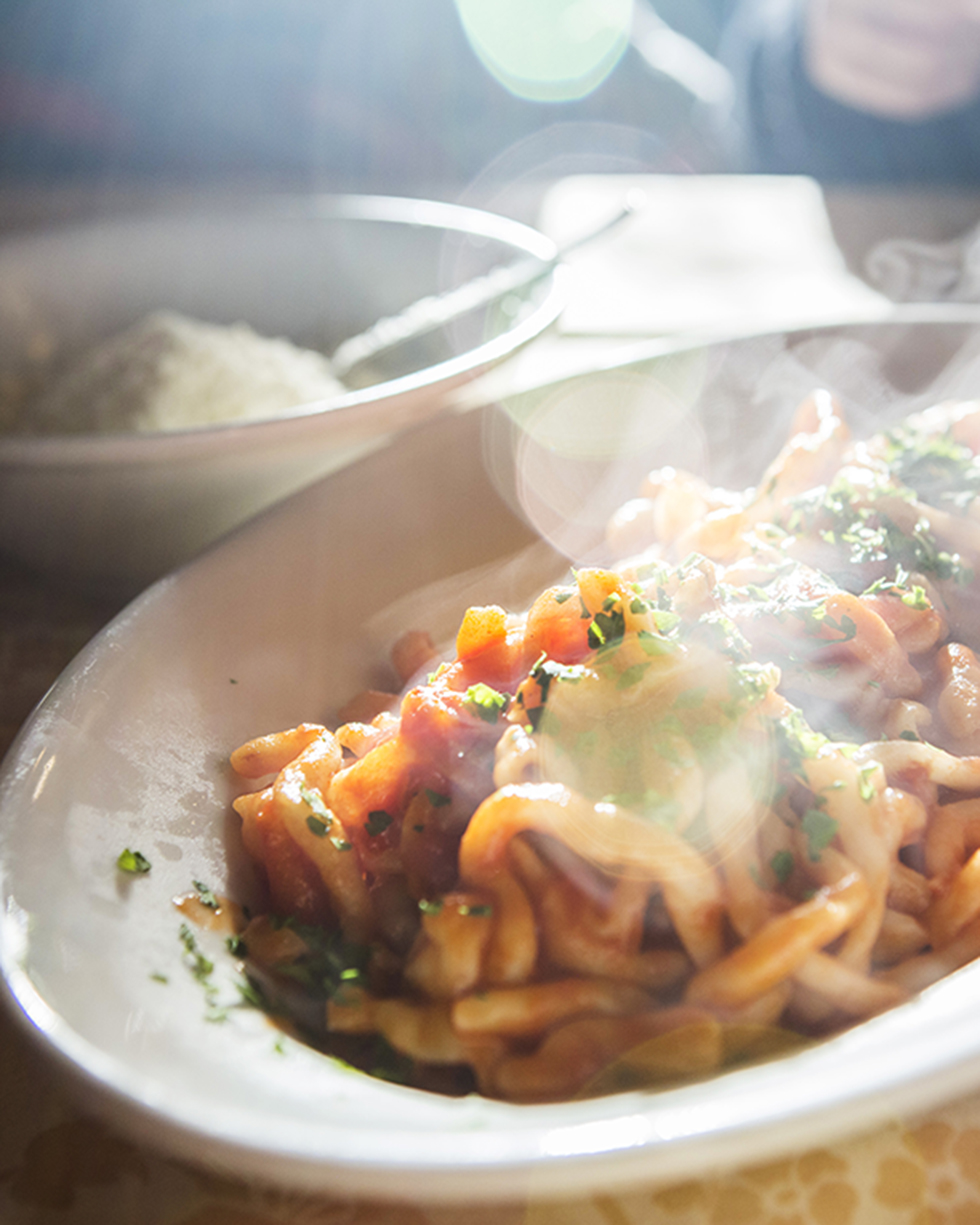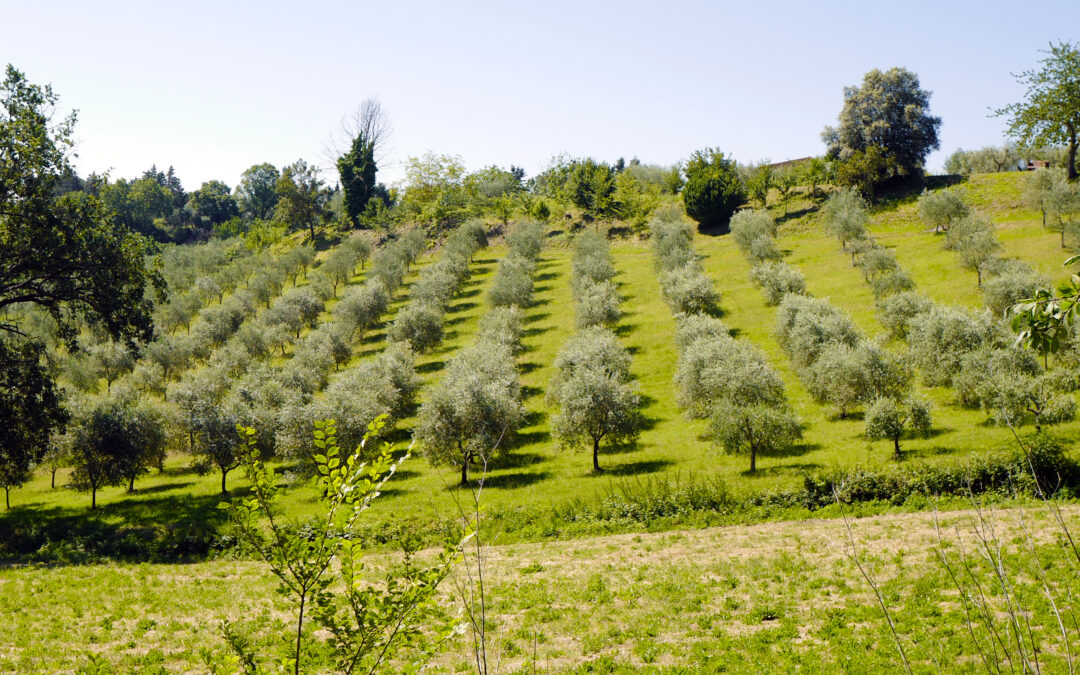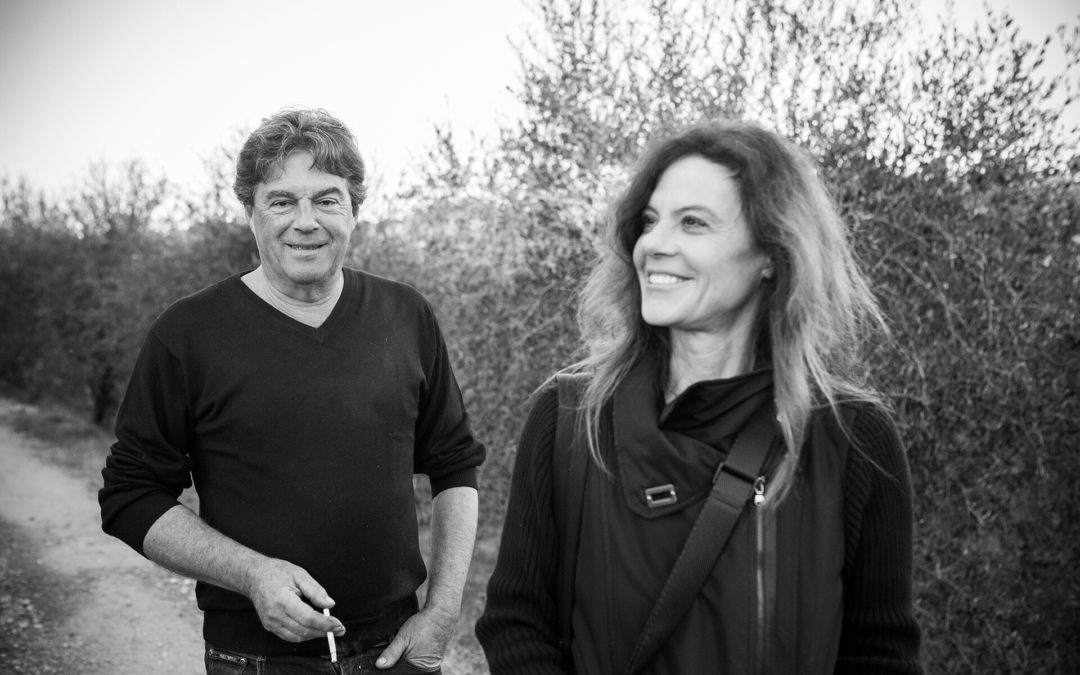Antonietta’s Pici
When you drive from Siena to Torrita di Siena, and from there to the Val d’Orcia along a picturesque winding road, you will see a little sign on your left indicating the turn to Montefollonico. Most people, looking for directions to the villages Pienza, Montalcino or Montepulciano, the three most popular destinations in the area, overlook it. In fact, Montefollonico is a thoroughly charming and unspoiled small village, and I recently had the pleasure of visiting it accompanied by the best local guide I could ever ask for: Antonietta Neri.
Antonietta is a proud native of Montefollonico who never left the little hamlet she loves. She lives alone in a big house with a cat that inevitably hides when friends visit. Antonietta is actively involved in all the organizations that protect and promote the surrounding Tuscan territory and its heritage. She loves all kinds of sports, especially basketball and soccer, and makes it abundantly clear that her favorite soccer team is, unequivocally, “Inter,” from Torino. It’s the sole betrayal of Tuscany she ever allowed herself.
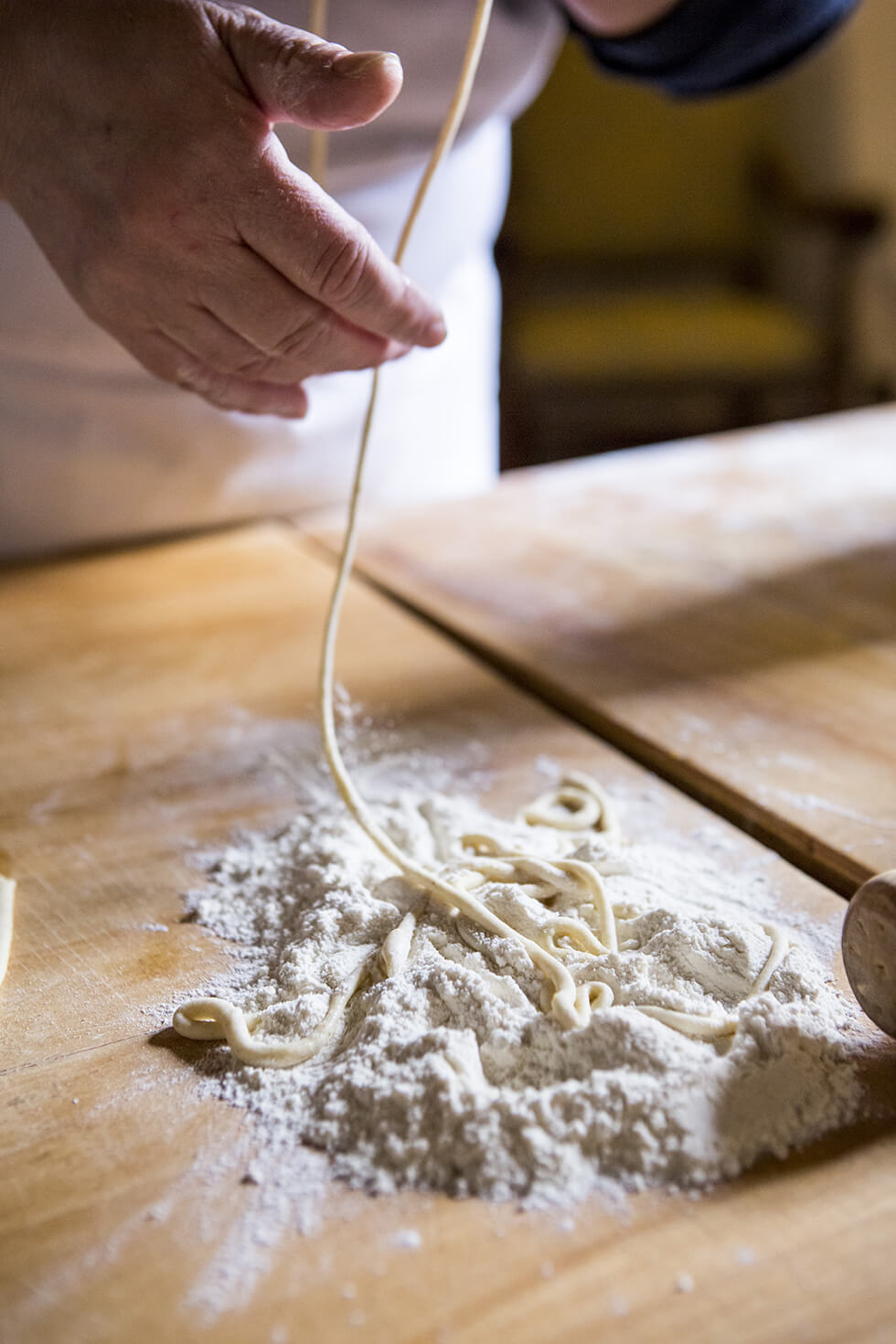
Montefollonico is a charming and unspoiled small village in the picturesque Val D’Orcia region.
Antonietta has worked as a cook for many years at La Chiusa, a local boutique hotel and restaurant. It was in La Chiusa’s beautiful kitchen that my guests and I had our first lesson in how to make pici, a big, fat and very irregular type of egg-free spaghetti. Pici is one of the most representative recipes of cucina povera toscana (Tuscan peasant cuisine). The ingredients couldn’t be more basic: flour, water and a pinch of salt.
(A dollop of olive oil that today seems like a pittance, used to be a luxury.) Antonietta says that besides her extensive experience and skillful hands, the secret of her pici is the quality of the flour—in this case, the soft white type 0 -brand from Molino Giuliotti, the local mill just outside of Montefollonico. With a soft, continuous motion, Antonietta rolled the dough for us and then cut it into three centimeter-wide strips. We did our best to appicciare—roll the pici delicately with the palm of your hand without breaking or crushing them. One thing became clear: It would take us at least ten years to attain Antonietta’s level of speed, suppleness and precision.
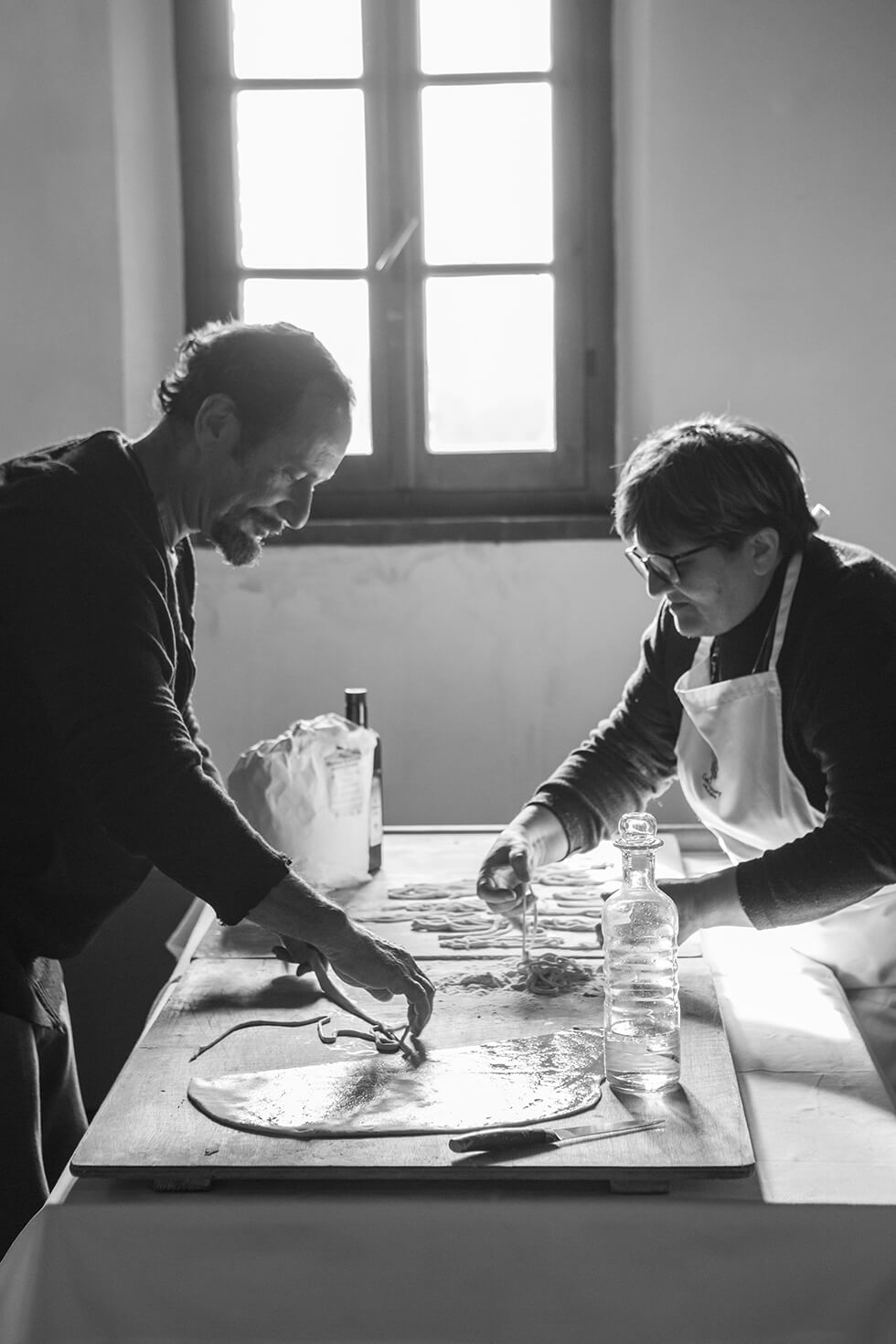
After dusting the pici with semolina flour, we placed them over a wooden board and went for a walk. It was a sunny winter day in Montefollonico with no tourists in sight. We didn’t need to make an appointment to visit the cellars of Vittorio Innocenti, just next-door; Antonietta merely rang the bell.
A young girl named Nancy appeared at the second floor window and then came down to the entrance holding a ring full of various keys, old and new, misshapen and normal. It turned out we were not where the Innocenti family made its wines, only where they stored it. We were then escorted through a labyrinth of an old cantina.
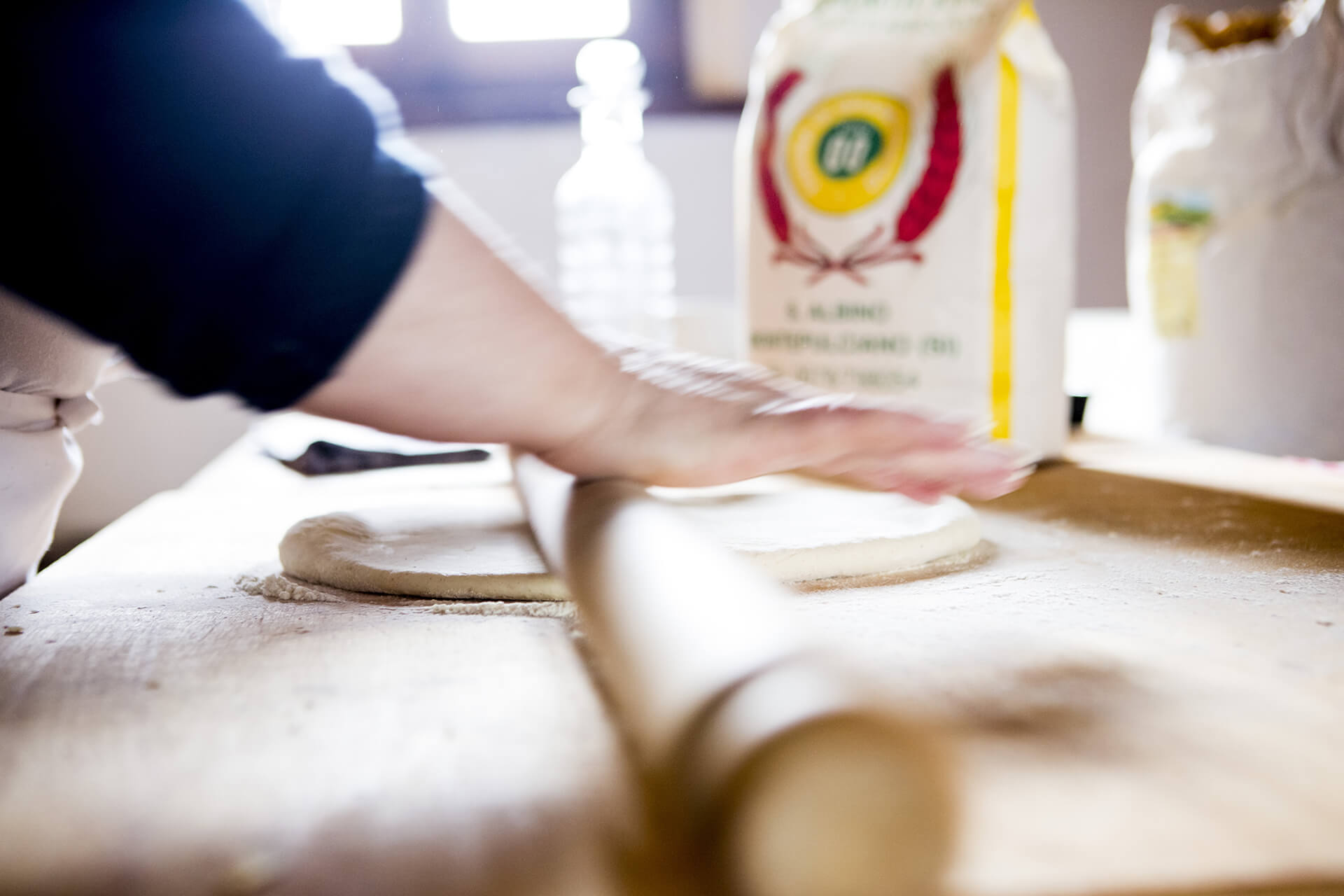
Each room contained a range of different-sized barrels made up of various kinds of wood. The temperature was naturally cool, ideal for aging spirits. The attic was reserved for the old vintages of Vinsanto, a typical dessert wine symbolizing Tuscan hospitality. In fact, we learned that Montefollonico had recently become the town of the annual festival dedicated to Vinsanto. Before we left, I bought a few different bottles of this holy wine for my brother, whose own Vinsanto collection is highly regarded, eager to hear his opinion.
Slightly tipsy from the wine tasting, we continued to explore this medieval village, walking past the tall stone walls of the Torre del Cassero, the Palace of Justice and the 13th-century Church of San Leonardo. The atmosphere was filled with a sense of history and legend, and we lost our sense of time until our empty stomachs grumbled, anticipating the pici.
Antonietta says that the secret of her Pici is the soft, white flour from the local Molino Giuliotti, a mill just outside of Montefollonico.
Antonietta recommended we stop at 13 Gobbi, the local restaurant per mangiare un boccone. However, in Italy, a quick bite can very easily extend into a slow-paced, sumptuous feast. We left the table only after eating (and assessing, in great detail) the sauces that went with our special pastas, starting with the simple and traditional pici all’aglione and pici con le briciole, before moving to the rich pici con la nana (a local term for “duck”) and pici cacio e pepe,” sprinkled with white truffles.
When we returned to Siena, I knew that from that day on I would have a new friend. And so it was: Antonietta and I periodically text each other Tuscan stories and recipes. She keeps me up-to-date on all local happenings; I send her photos of me cooking pasta in New York City. Technology has shortened distances but only between those people who are truly connected in spirit and interests.
